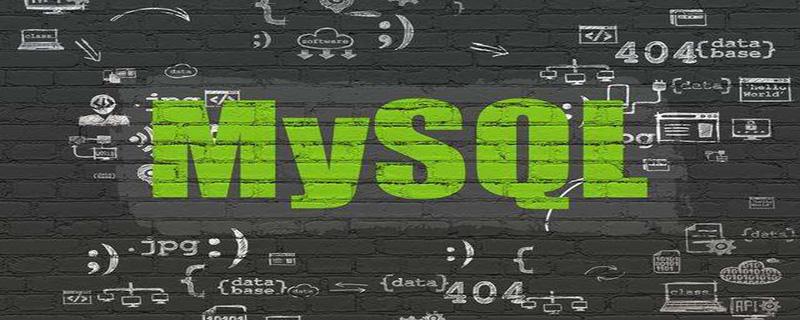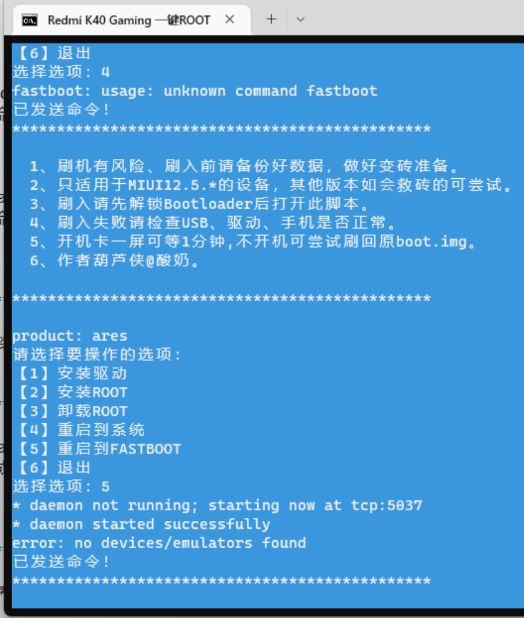在windows桌面底部的任务栏中一般会出现的对象有:“开始”按钮﹑“快速启动区”﹑“程序按钮区”及“通知区域”、“显示桌面”。

在Windows系列系统中,任务栏(taskbar)就是指位于桌面最下方的小长条,主要由开始菜单(屏幕)、应用程序区、语言选项带(可解锁)和托盘区组成,而Windows 7及其以后版本系统的任务栏右侧则有“显示桌面”功能。
Windows 7
在Windows 7中仍然叫“任务栏”,但是它更新外观,加入了其他特性,一些人称之为“超级任务栏”。Windows 7中默认情况下超级任务栏采用大图标,实用效果甚于Vista。和Vista一样,Windows 7也会提示正在运行的程序,不过与Vista不同的是,将鼠标停靠在Windows 7任务栏中的程序图标上你就可以方便预览各个窗口内容,并进行窗口切换。
Aero Peek效果下,会让选定的窗口正常显示,其他窗口则变成透明的,只留下一个个半透明边框。在Windows 7中,“显示桌面”图标被移到了任务栏的最右边,操作起来更方便。鼠标停留在该图标上时,所有打开的窗口都会透明化,类似Aero Peek功能,这样可以快捷的浏览桌面。点击图标则会切换到桌面。
Windows 8
在Microsoft制作的Windows版本中,去除了原有的开始菜单,取而代之的是开始屏幕。保留预览效果,使用UI风格的Metro界面,与Windows8的Metro界面匹配——Windows 8引入了全新的Modern界面,方便用户进行触摸操作,并且即时显示有用信息,该界面同样也适用于鼠标键盘操作。桌面与用户界面:Win8采用基于微软Metro(新Windows UI)设计语言的新的用户界面。界面环境以新的基于区块的启动屏幕为特点,该屏幕与Windows Phone非常相似。一个垂直工具栏提供访问系统和应用程序相关的功能,如搜索、共享、设备管理、设置和启动按钮。
Windows10
任务栏与前版区别不大,图标依旧在继承之前的设计理念。windows 10任务栏新增了cortana搜索、任务视图和操作中心按钮,你还可以决定任务栏是否透明和更改颜色。不过一个小小的细节是,右键菜单开始全面换装新的Modern风格,与之对应的音量、网络、语言切换栏都是如此、
任务执行进度条与前版不同,由之前的左右式填充改成了上下式填充。甚至你会发现新信息的提示方式也不一样了(比方说QQ收到新信息时),亮色基础上增加了形状变化,以方便色觉不敏感的用户使用。
任务栏的功能:
1:工具栏:
①连接
②语言栏
③桌面
④快速启动
⑤新建工具栏
2:层叠窗口
3:横向平铺窗口
4:纵向平铺窗口
5:显示桌面
6:任务管理器
7:锁定任务栏
推荐教程:windows教程

















